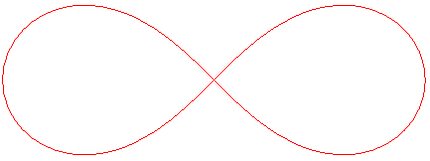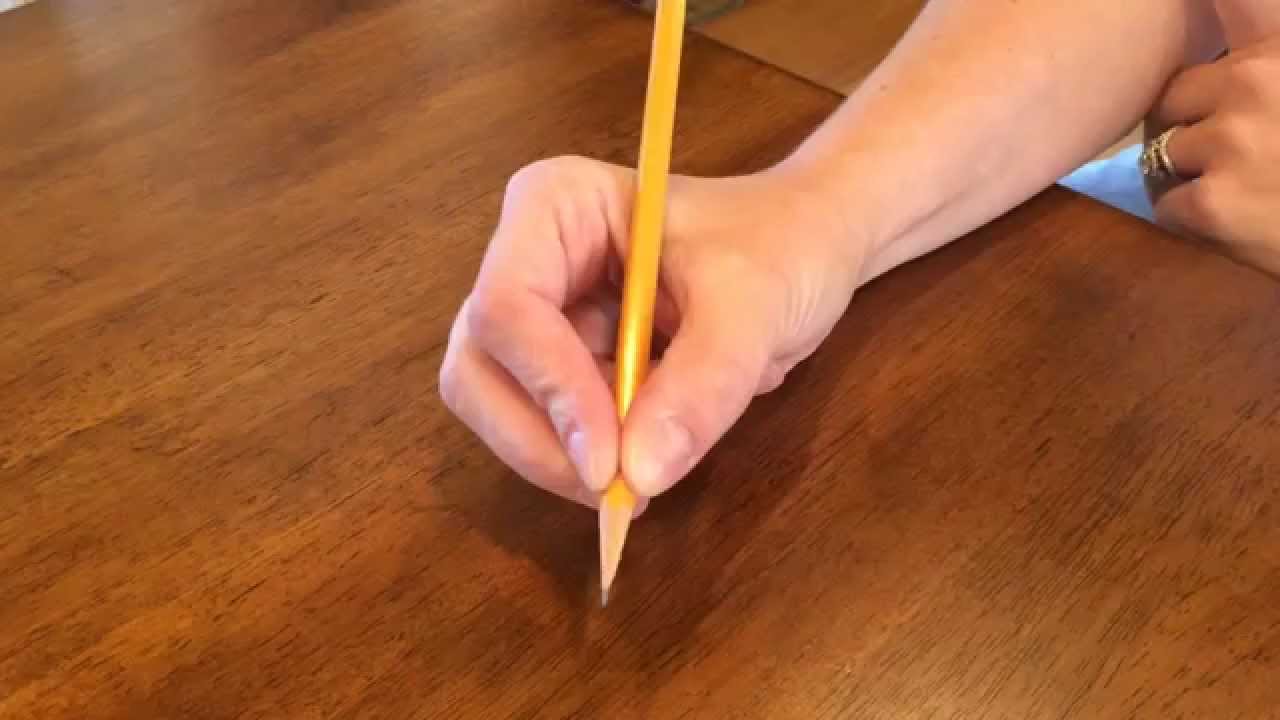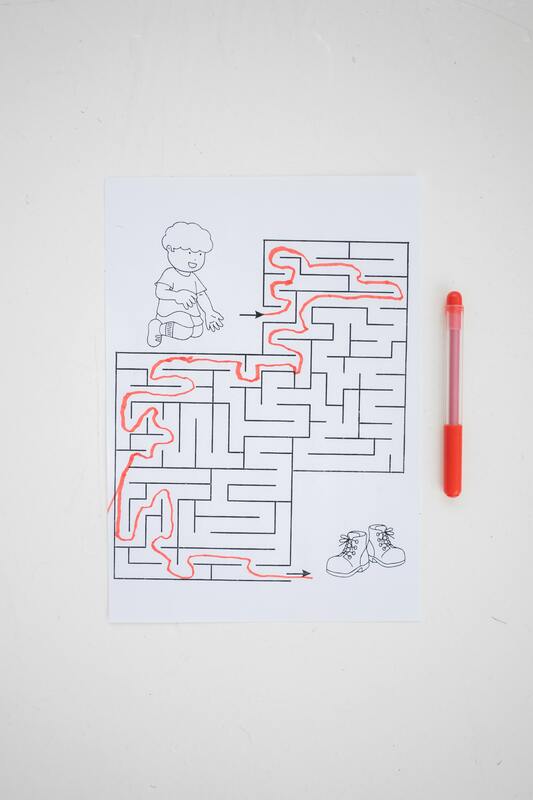|
Daily Wonder recommends that you take time to conduct a baseline assessment when you begin teaching your child each school year. Then, by observing them in everyday activities, you can track their development and become aware of areas that may need extra attention. Below, you will find specific areas to assess, ways to observe your child, and suggested activities to help strengthen particular areas of need. Establishing DominanceChildren typically favour a dominant side of the body around age seven. You can check if your child has done so by observing them with the following activities. ASSESSMENT ACTIVITIES:
Crossing the midline is a necessary skill that is related to bilateral coordination. This is the ability to use both sides of the body in a coordinated and organized manner, where one hand is the stabilizer, and the other hand is the performer. Crossing the midline is the spontaneous movement of one hand, foot, eye into the space of the other hand, foot, eye. You can see how handwriting requires this skill, as the arm, hand, and eye travel from the left to right, crossing the body's centre. Letter formation also requires this crossing. Many everyday activities require us to do this; however, some children may need more specific focus to cross the midline fully. Activities that address the hand and foot are easier to practice and can help support the eye and ear to align as well. STRENGTHENING ACTIVITIES: Activities to Support Hand Dominance and Crossing the Midline:
Activities to Support Foot Dominance:
Healthy Posture & Pencil GripIt is essential to have healthy habits when it comes to posture and pencil grip. This will serve your child over the years as the demands for sitting at a desk and writing increase. ASSESSMENT ACTIVITIES:
STRENGTHENING ACTIVITIES: Ways to Support Healthy Posture:
Ways to Support Healthy Pencil Grip:
Eye TrackingEye-tracking is an important foundation skill for reading. It’s important to notice whether your child can move their eyes horizontally while their head stays stationary. It is common to observe a tremor at the centre midline, which may indicate difficulty crossing the midline. ASSESSMENT ACTIVITIES:
MemoryWe use our memory for imaginative thinking. For example, when we remember something we’ve been told or see, we build imaginative pictures in our brains, leading to high-level thinking. The ability to build pictures takes practice, and we can strengthen this skill through memory games. ASSESSMENT ACTIVITIES:
STRENGTHENING ACTIVITIES:
Links for More Info & ActivitiesEstablishing Dominance and Crossing the Midline:
1 Comment
8/31/2023 08:24:24 am
I liked it the most when you shared that eye-tracking is a vital core skill for reading. My friend wants to provide Ukraine children support. I should advise her to provide help to an organization that provides humanitarian support for Ukraine’s displaced and refugee children.
Reply
Leave a Reply. |
BlogExplore schedules, rhythms & routines, songs, music, festivals, free play, meals, projects & more to support your homeschooling program.Categories
All
Archives
July 2024
|
You might be wondering... |
Visit us on Teachers Pay Teachers© COPYRIGHT 2020. ALL RIGHTS RESERVED
Serving your worldwide educational needs from Comox Valley, BC, Canada. |





 RSS Feed
RSS Feed